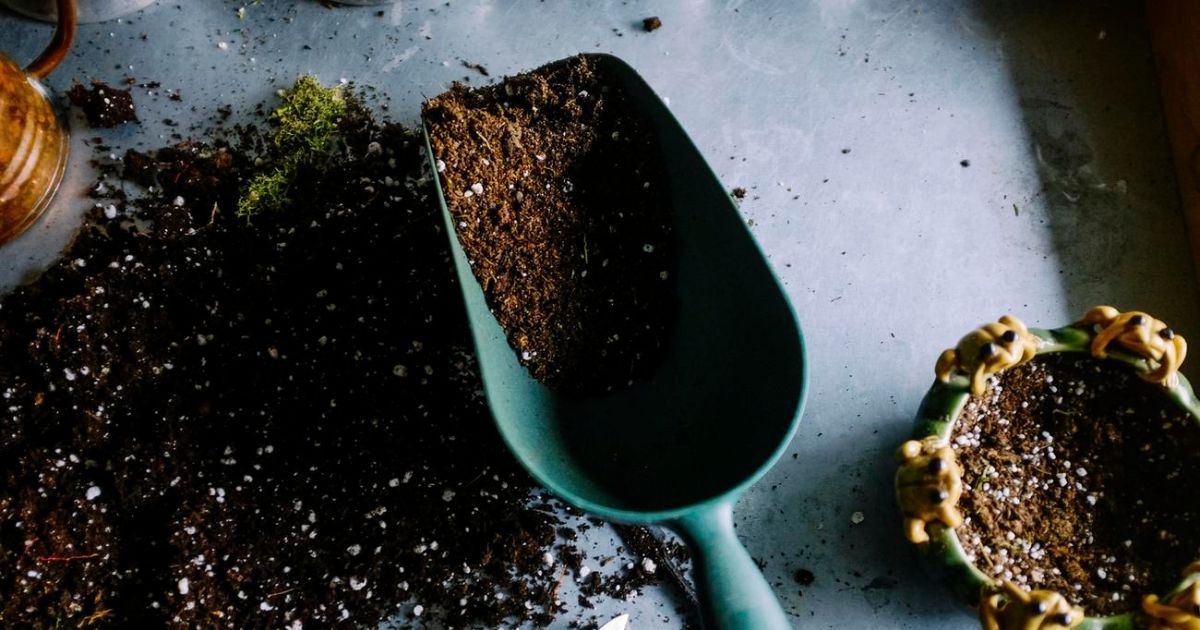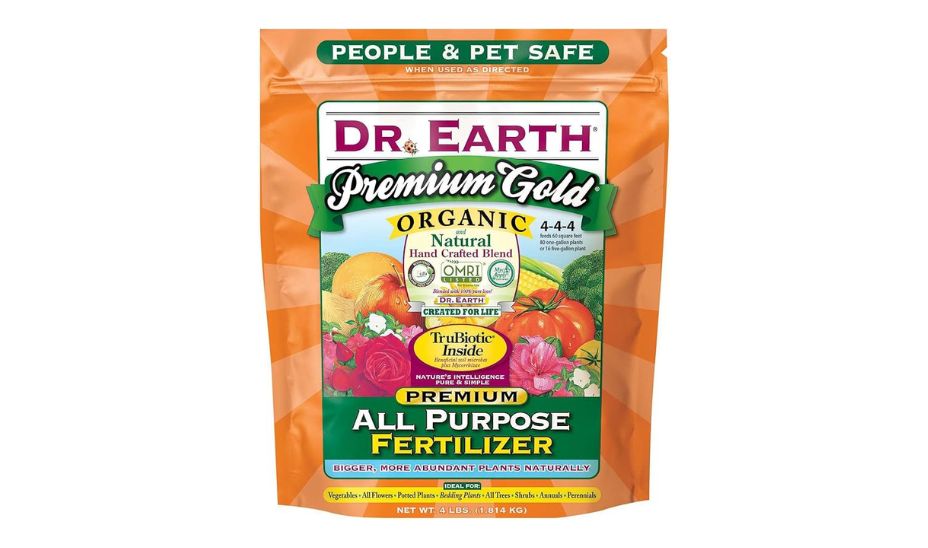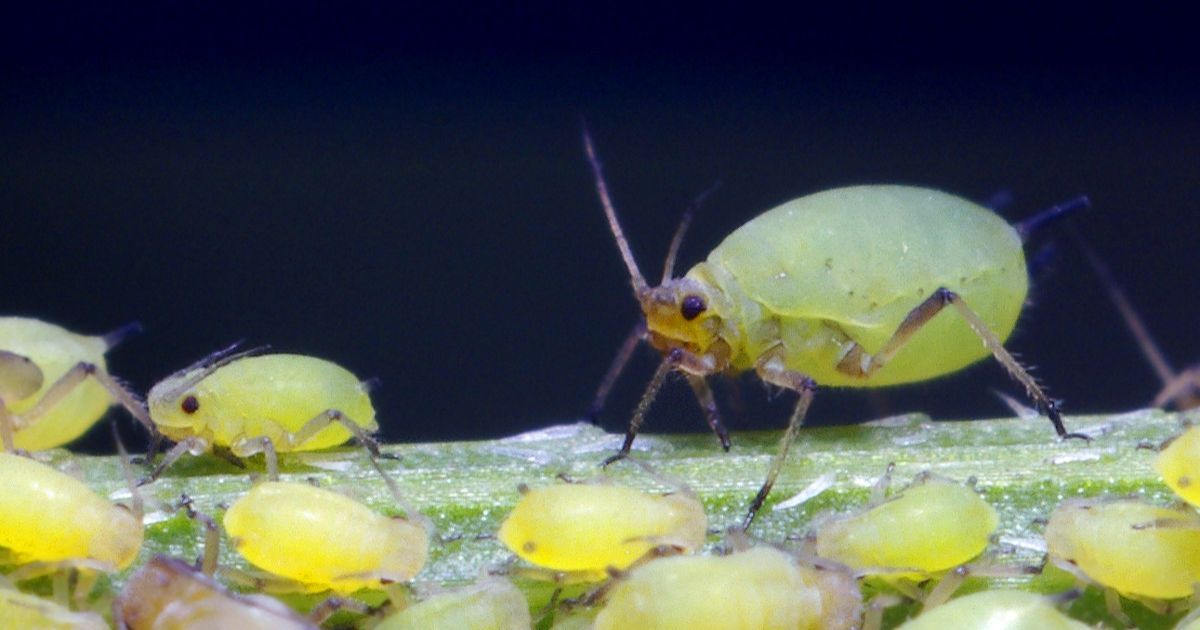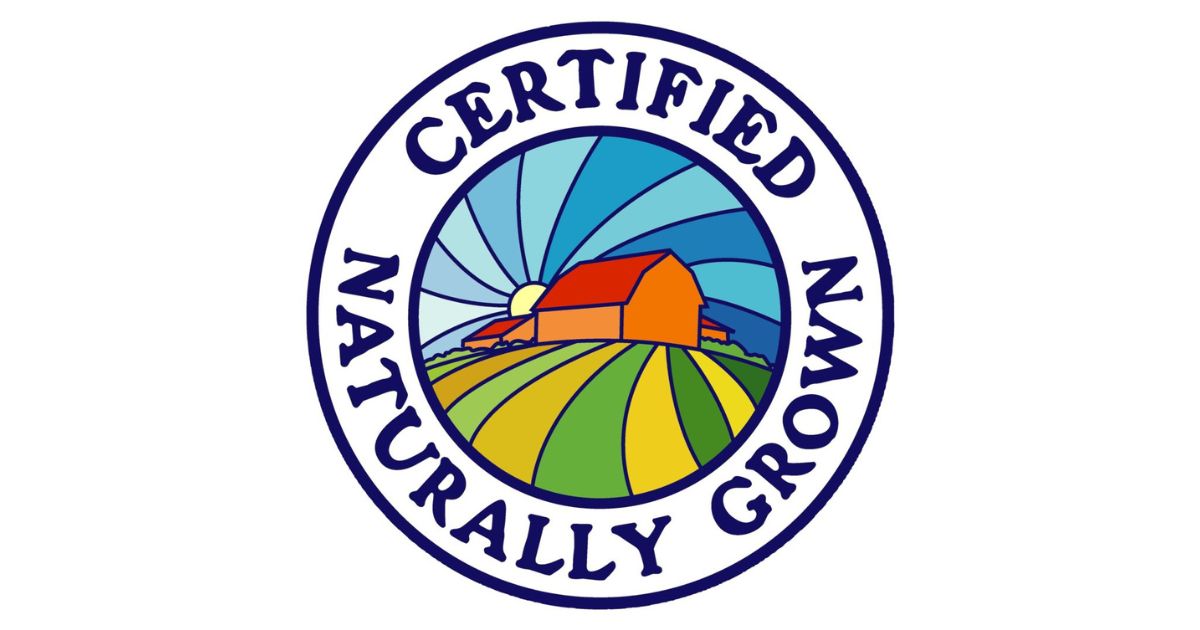
Organic vs. Synthetic Fertilizers: Which Is Best?
Choosing the right fertilizer is essential for healthy plants and productive gardens. Two main types dominate the market: organic and synthetic fertilizers. Each has its advantages and drawbacks, depending on your gardening goals. This guide dives deep into the differences, helping you make an informed decision.
What Are Fertilizers?
Fertilizers provide essential nutrients to plants, improving soil fertility and promoting healthy growth. The three key nutrients in fertilizers are:
- Nitrogen (N): Encourages leafy growth.
- Phosphorus (P): Boosts root development and flower/fruit production.
- Potassium (K): Enhances overall plant health and disease resistance.
What Are Organic Fertilizers?
Organic fertilizers are derived from natural sources, including plant, animal, or mineral matter. Examples include compost, manure, bone meal, and fish emulsion.
Benefits of Organic Fertilizers
-
Improves Soil Health
Organic fertilizers enrich soil structure, encouraging beneficial microorganisms that aid plant growth. -
Eco-Friendly
Derived from renewable sources, they reduce environmental impact compared to synthetic options. -
Slow Release
Nutrients are released gradually, ensuring long-term nourishment for plants. -
Minimizes Chemical Runoff
Lower risk of water pollution and harm to nearby ecosystems.
Drawbacks of Organic Fertilizers
-
Slower Results
Nutrients take time to break down and become available to plants. -
Variable Nutrient Content
The nutrient ratio can be inconsistent, requiring careful monitoring. -
Labor-Intensive
Applying and managing organic fertilizers often require more effort.
What Are Synthetic Fertilizers?
Synthetic fertilizers are chemically manufactured to provide precise nutrient combinations. Common examples include ammonium nitrate, urea, and NPK blends.
Benefits of Synthetic Fertilizers
-
Fast-Acting
Nutrients are readily available to plants, delivering quick results. -
Precise Nutrient Ratios
Manufactured to meet specific plant needs, ensuring optimal growth. -
Ease of Application
Convenient to use, requiring less labor and expertise.
Drawbacks of Synthetic Fertilizers
-
Soil Degradation
Overuse can deplete organic matter, reducing soil fertility over time. -
Environmental Impact
Chemical runoff contributes to water pollution and harm to aquatic life. -
Short-Term Benefits
Requires frequent reapplication, as nutrients are quickly used up or washed away.
Key Differences Between Organic and Synthetic Fertilizers
| Feature | Organic Fertilizers | Synthetic Fertilizers |
|---|---|---|
| Source | Natural (plant/animal/mineral) | Chemically manufactured |
| Release Rate | Slow | Fast |
| Soil Health | Improves | Can degrade |
| Cost | Often higher upfront | Generally more affordable |
| Environmental Impact | Eco-friendly | Risk of pollution |
When to Use Organic Fertilizers
- For long-term soil health and sustainability.
- In organic gardening or farming practices.
- When enriching poor or degraded soils.
Best Organic Fertilizers
- Compost: Rich in nutrients and improves soil structure.
- Bone Meal: High in phosphorus for root and flower development.
- Manure: Provides a balanced nutrient boost.
When to Use Synthetic Fertilizers
- For quick nutrient fixes and immediate plant needs.
- In high-yield agriculture or intensive gardening systems.
- Where soil quality is already good but plants need a boost.
Best Synthetic Fertilizers
- NPK Blends: Tailored for specific plants.
- Ammonium Nitrate: Excellent for nitrogen-hungry crops.
- Urea: Cost-effective nitrogen source.
Finding the Right Balance
Many gardeners combine both organic and synthetic fertilizers to maximize benefits:
- Start with organic fertilizers to build soil health.
- Supplement with synthetic fertilizers for immediate nutrient needs during the growing season.
Final Thoughts
Both organic and synthetic fertilizers have their place in gardening and agriculture. Your choice depends on your goals, budget, and gardening philosophy. By understanding their strengths and weaknesses, you can create a sustainable and productive growing environment.



